Is it possible to live off vegetables and fruit from your garden all year round?
John Wright considers how we could all do more to make the most of home-grown produce.

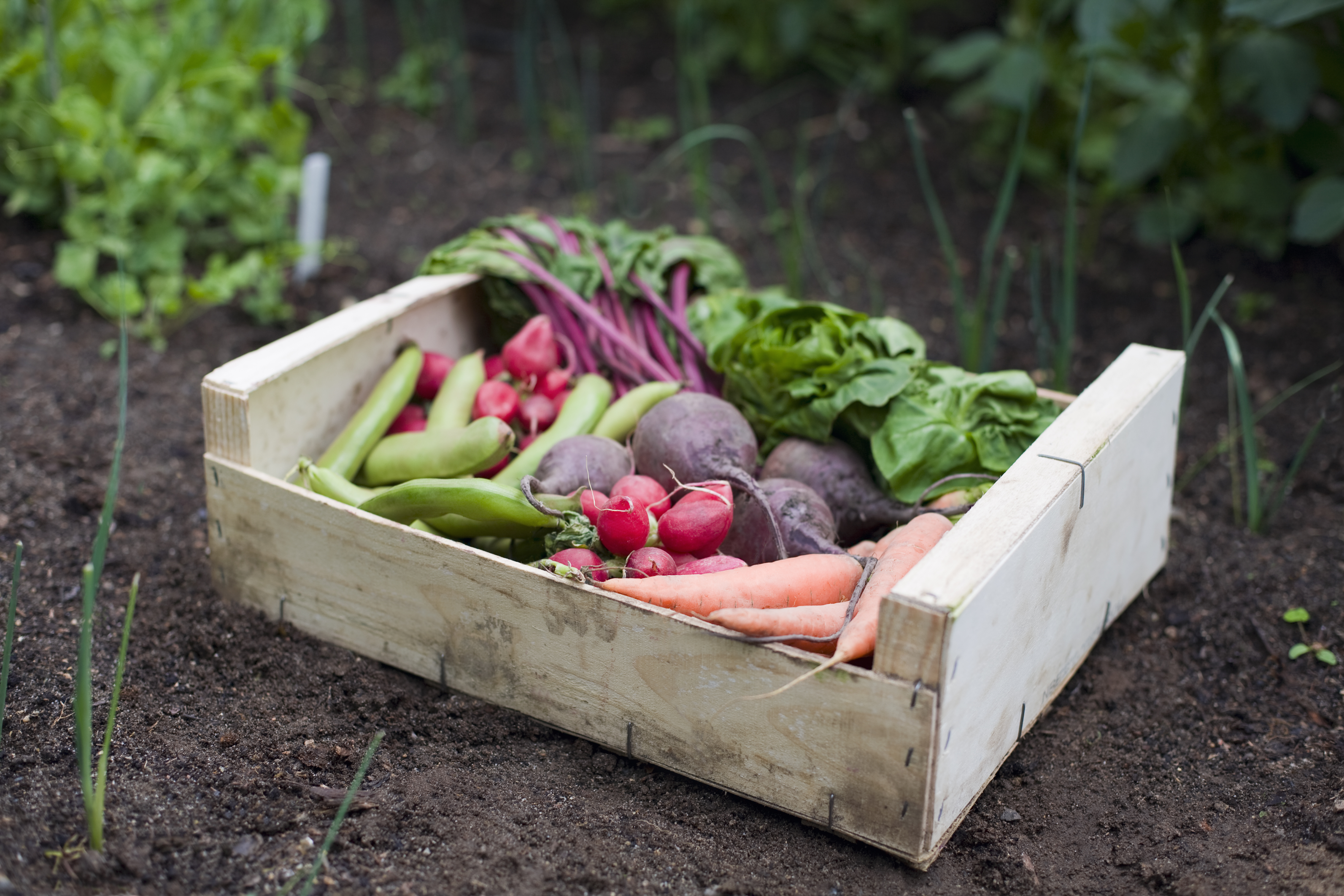
The last overgrown courgette waiting in vain for a recipe to spring to mind has, mercifully, been consigned to the compost heap, together with the steadfastly green tomatoes sojourning on the windowsill. The summer, the harvest, is over and, apart from the obvious winter brassicas and root vegetables, there’s little to look forward to until late spring. Yet what if we could fill that gap, particularly from the ides of March to those of May, the ‘hungry gap’? What if we could eat food that we’ve grown ourselves all year round?
My serious gardening days – I ran an allotment for 12 years – ended when my stay-at-home-father plan of having our baby daughter gurgle peacefully in her pram as I tended my plot came face to face with reality.
However, I still grow rhubarb, the occasional runner bean, apples, figs and herbs in my small garden, with my status as an ‘expert’ bolstered by being the once-a-year chairman of a local village ‘Gardeners’ Question Time’ team. Frankly, I’m seriously outgunned by my panellists and my only helpful advice was to a gentleman whose wife permitted him to use only a tiny patch in which to grow vegetables and was worried about crop rotation. I suggested he consider ‘wife rotation’.
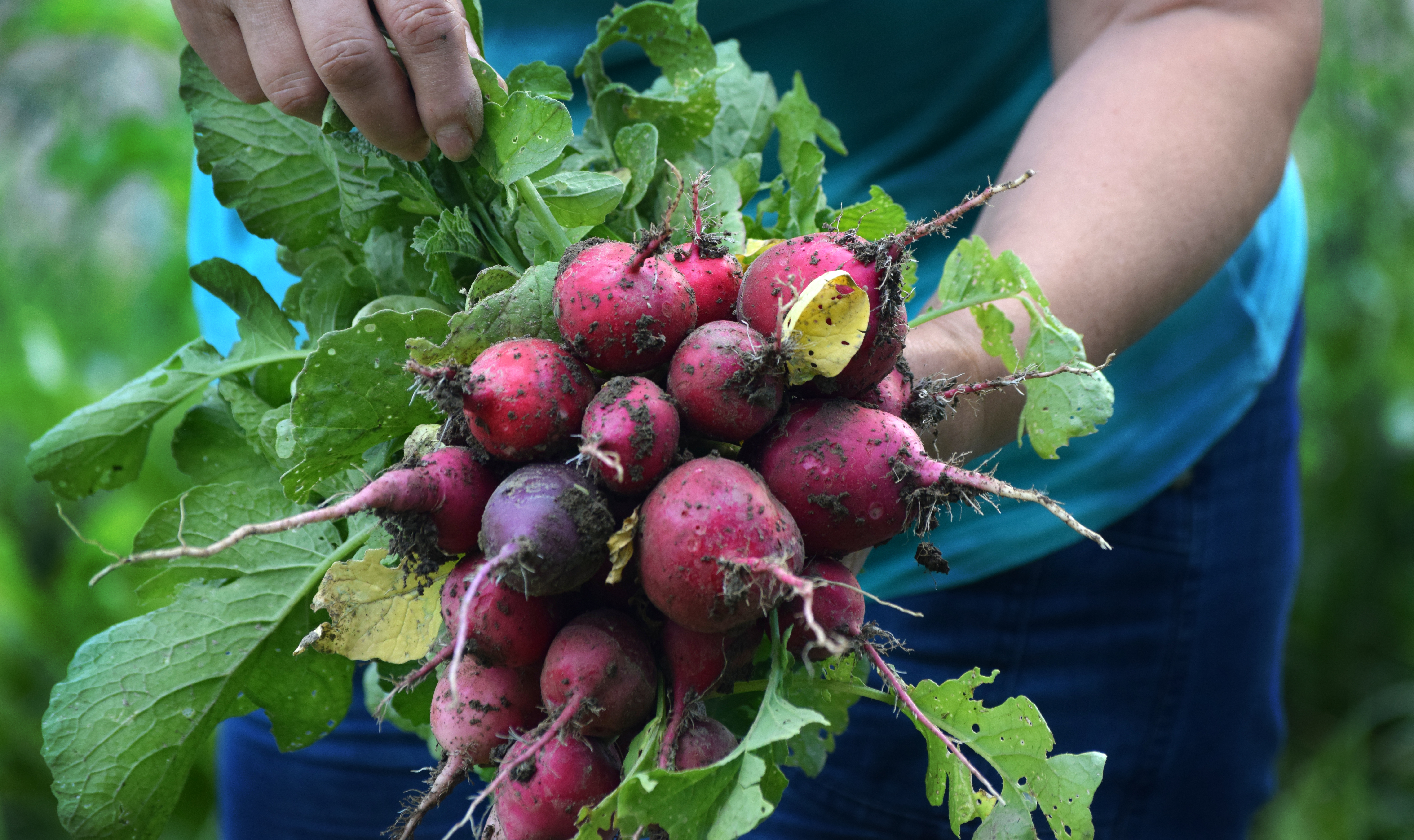
Memory fades and new methods and philosophies develop, so, in attempting to make my advice useful, I’ve gathered the current wisdom of people who grow things all year. Chief among these are those who supply veg boxes and for whom ‘all year round’ is a necessity.
Our project requires fairly heroic planning and the employ of several methodologies – greenhouses, early/late varieties, winter-hardy crops, winter storage of produce and so on. Of course, how much room, resources, weather, time and enthusiasm you possess will dictate how much and what you can grow, but even a flat in town will have a windowsill or two, perhaps somewhere for hanging baskets cascading with tomatoes and anyone can grow mushrooms in a cupboard.
If you have garden space, it’s worth ensuring your soil is up to scratch. My friend Ed Bailey, a professional geologist who talks about soil all the time, has two tips (actually, he has 50, but time presses). Add gypsum if your soil is already alkaline and sow green manure every autumn on any bare soil. The latter adds nitrogen and prevents nutrients leaching from the soil and the former is something to do with ‘cations’.
'They did cause comment from my landlord, who’d mistaken this member of the Solanaceae for one of the Cannabanaceae'
High season requires little advice from me, apart from reminding you of the little-and-often approach, which ensures that staples are in continuous supply while avoiding the guilt associated with failing to eat four lettuces a day for two weeks. Staggered planting also allows you to stray a little into too-early and too-late territory, especially with seeds sown or seedlings planted under cloches.
Exquisite houses, the beauty of Nature, and how to get the most from your life, straight to your inbox.
A typical example is the pea Kelvedon Wonder, which can be sown under protection in early March and crop in early May. Later sowings will have you harvesting peas into October and, for the variety Eddy, into November. Many species can be planted the previous autumn for an early crop.
Greenhouses and even windowsills can extend seasons, as can the undercover techniques of cloches and fleece. I once filled all my more or less south-facing windows with peppers, which grew almost as well as they would have done in a greenhouse. They did, however, cause comment from my landlord, who’d mistaken this member of the Solanaceae for one of the Cannabanaceae.
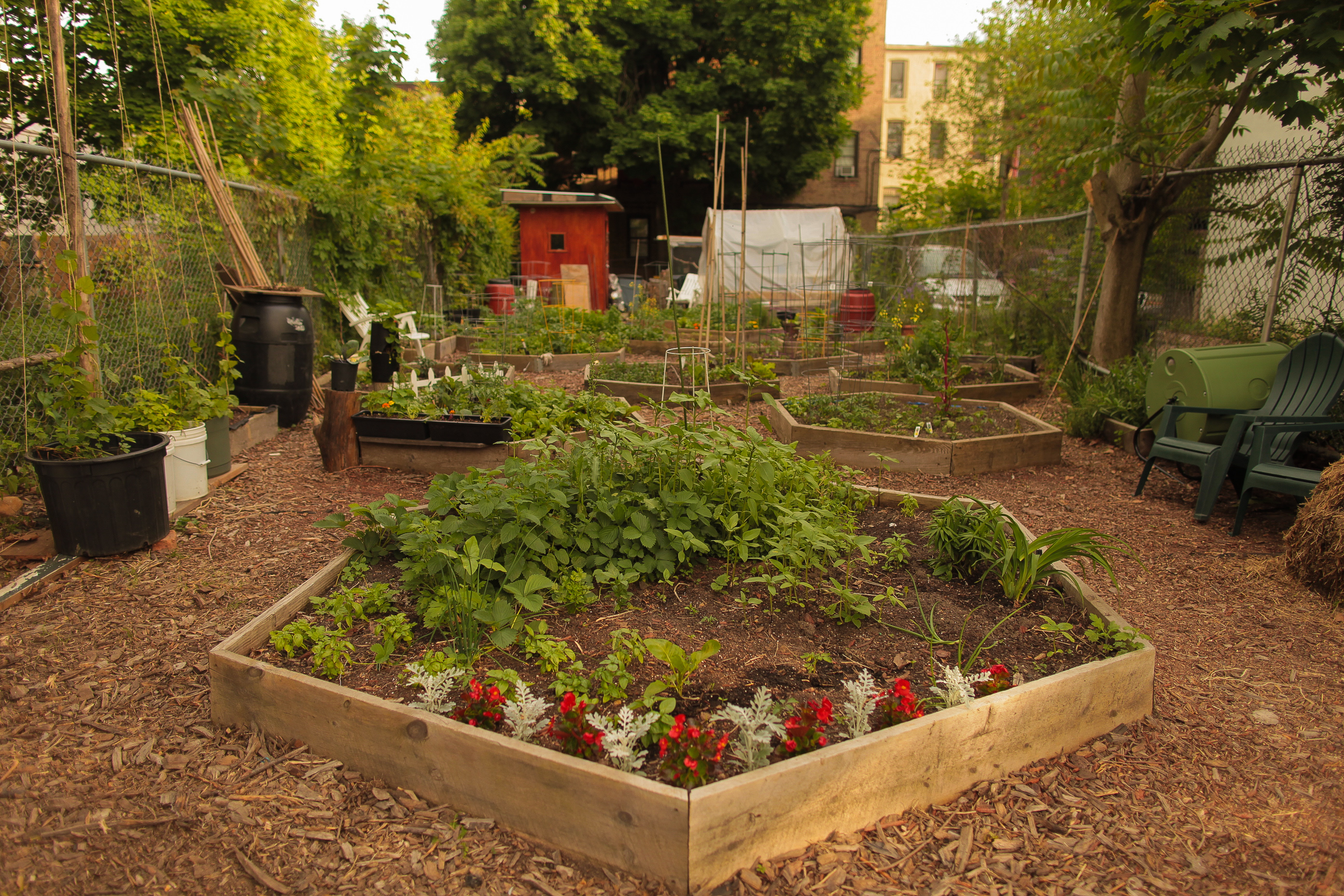
I now grow herbs all year round on windowsills, improving their prospects by placing cardboard-mounted aluminium foil behind them to increase light levels. This, however, causes comment and, even, direct action from my wife, who considers it unsightly. There’s no peace. Attractively adorned with foil or not, windowsills are a good place to raise microgreens all year.
The technique of growing densely spaced salad plants harvested when very young is simply an extension of mustard and cress, but with more species, typically, chard, pea shoots, coriander, spinach, broccoli and basil. The seeds are sown in a shallow tray on wet kitchen paper, although blotting paper (now a rarity) or an elderly face flannel (so wrong) were once the media of choice.
Most greenhouses I’ve seen in winter present a post-apocalyptic aspect. However, a can-do spirit will easily have them lush and verdant with vegetables. Winter varieties of lettuce (Salanova being one) do well in a greenhouse, although, being moderately frost hardy, they will also grow well outside in sheltered corners. Potatoes grown in sacks and planted in January will be available and wonderful by the end of April. The frost-hardy oriental brassicas mentioned below also do well under glass.
'Allotments, I sometimes think, are the worst places to grow vegetables'
The hardcore element of all-year produce is vegetables that are content to grow in winter and early spring. Launching my gardening career on an unrepeatable high was purple-sprouting broccoli. In about May 1982, I planted it in the thin soil of our remote and rented farm cottage. Thirty or so monstrous plants grew, entirely unmolested by caterpillars. By Christmas, they’d done nothing but take up space and, in my profound ignorance, I determined to uproot them.
Their reprieve came in February with the appearance of the best purple-sprouting broccoli I’ve ever tasted. When we moved to the village and acquired an allotment, all attempts to repeat this triumph were foiled by the attentions of the locally endemic large white. Allotments, I sometimes think, are the worst places to grow vegetables.
Purple-sprouting broccoli, Brussels sprouts and rhubarb are the only winter-grown vegetables I’ve attempted, but I know there are more. Jon Davison and Yada Cashmore of Hewood Organics in West Dorset supply boxed vegetables from two acres and some polytunnels. What, I asked them, do they grow in the winter months?
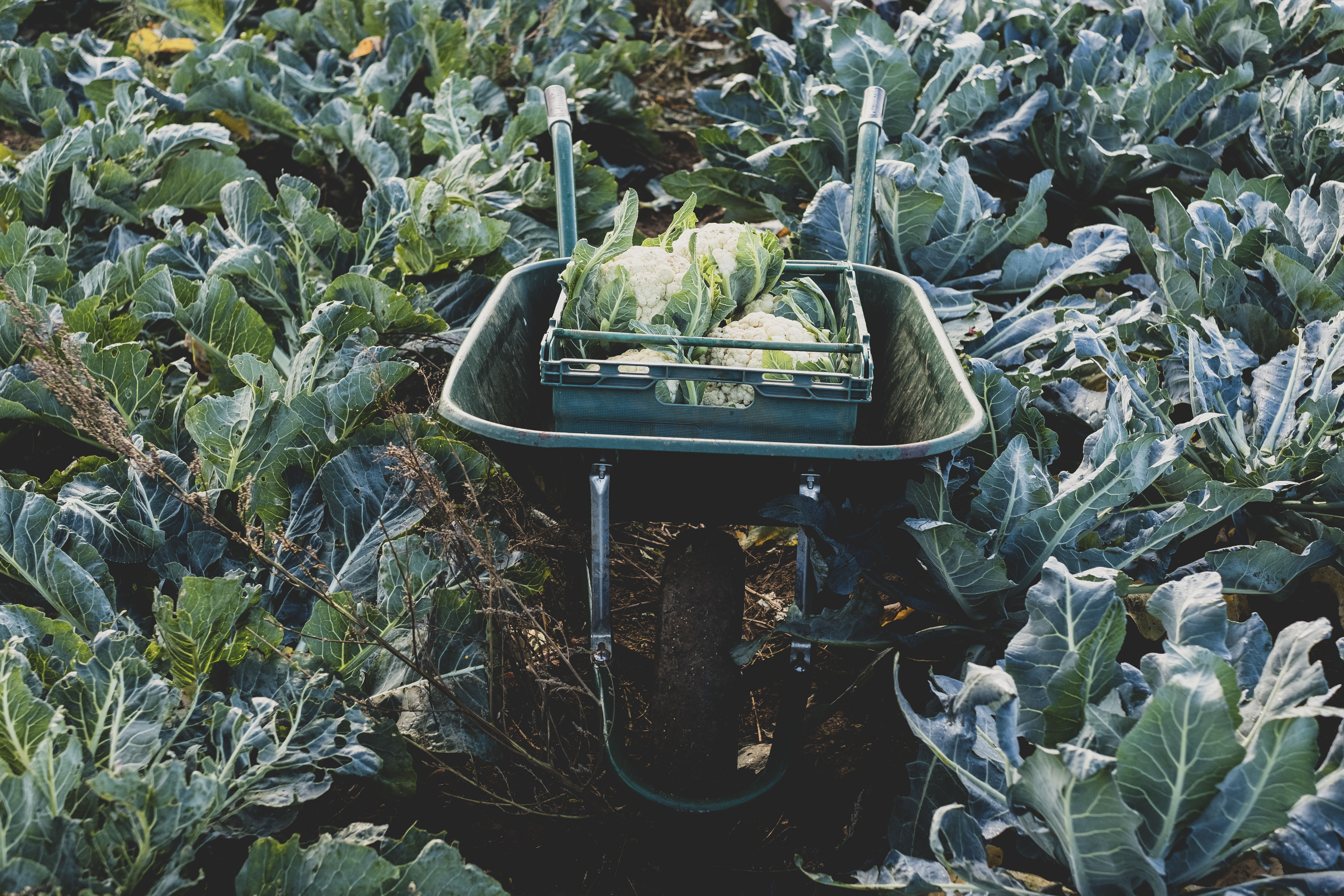
Together with a great deal of genuinely fascinating horticultural wisdom about mycorrhiza, permaculture and forest gardens, Mr Davison told me that kale and various other brassicas feature heavily. He’s very excited about Daubenton’s kale, a perennial that lives for five or six years and, being seedless, is propagated from cuttings in the spring. Oriental brassicas of the mustardy kind are also a great favourite of his. Mizuna and the hotter (and confusing) Mibuna have feathery leaves, which can be cropped all year.
On the subject of mustards, I have my own suggestion – black mustard, Brassica nigra, is a common and very tall annual found wild in coastal Wales and in England south of Leeds, growing vigorously throughout winter and spring. The leaves are a little prickly, but the flavour is both complex and wonderfully hot.
At least two more native plants can be used as a winter vegetable: sea kale, with forced young shoots in March and ‘broccoli’ in late spring, and corn salad, also known as lamb’s lettuce. The former is a 4ft-diameter perennial, so you will need a lot of real estate. Corn salad is probably the best of the mild-flavoured, frost-hardy salad plants. I eat the wild ones when they’re in flower as they taste, well, floral.
'My old friend Mark Diacono, a Devon-based writer, Country Life contributor, gardener and general good guy, enthuses: "Babington’s leek is perfect"'
Riverford Organic Farmers in Devon is among the big boys of the veg-box world. Kitchen gardener Penny Hemming, who supplies their restaurant, puts cardoons at the top of her list for winter-cropping veg. They’re substantial plants producing thick, tender stems. They seemed a lot of trouble to me, as they must be forced and blanched for a couple of months.
Cut, they look like celery with surprising leaves. I was more impressed with her remarkable collection of trombon-cino, one of the winter squashes that form in summer and autumn and have a long shelf life. One specimen, hanging proud from its vine, was 5ft long – decorum forbids further description.
My old friend Mark Diacono, a Devon-based writer, Country Life contributor, gardener and general good guy, enthuses: ‘Babington’s leek is perfect. It’s perennial and, every year, you cut it a little below ground level, just above its swollen basal bulb.’ Known for his championing of unusual vegetables, Mr Diacono is also keen on ostrich ferns. This is one of the very few ferns that is edible; the young, curled shoots, the ‘fiddlebacks’, being cut in March.
Winter roots – potato, parsnip, carrot – got the nod, too, together with the suggestion that the groundnut, Apios americana (not to be confused with the peanut), beats them all. ‘They taste like nutty sweet potatoes,’ he explains. Dig them up in the winter,then leave some of the tubers to grow again.

As half the cupboards in my house will attest, I’ve a great fondness for preserving things. Live produce, such as potatoes, can be stored by clamping, by simply leaving it in the ground or by indoor storage in a cool place, as with the strings of onions
I so enjoy weaving every year. ‘Dead’ produce can be dried, bottled or frozen. The latter seems like cheating and its results are poor, but I bottle everything I can and dry what I cannot. Usually, it’s fruit I bottle, but tomatoes bottle easily when solid-packed or in brine – French beans, carrots, peas, celery and spinach only work with brine.
Sliced tomatoes, onions, peppers and more can be dried in a low oven or electric dryer; I’ve even tried it with parsnips and carrot for use in stews. Herbs are dried on the windowsill. Finally, there’s pickling and pickles – if you must.
There are many more plants and processes I might have mentioned, indeed, you may wonder why asparagus, Jerusalem artichokes and beetroot have been omitted. Well, the first two can be toxic and beetroot tastes like dirt. You’re on your own with those.
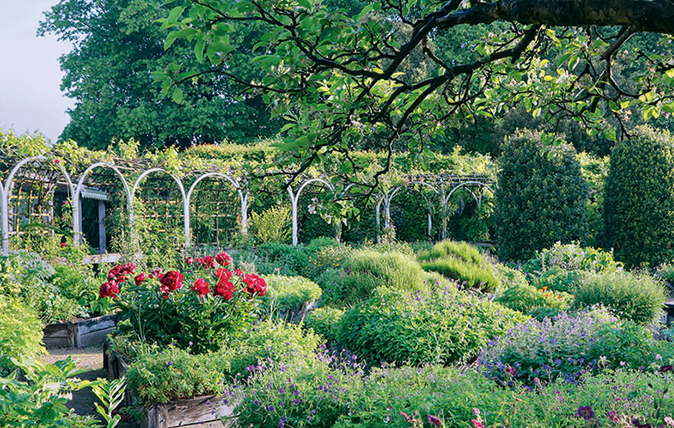
Alan Titchmarsh: The poetic pleasure of plant names
Our gardening expert on the days spent learning the names of some of the most obscure plants in Britain.
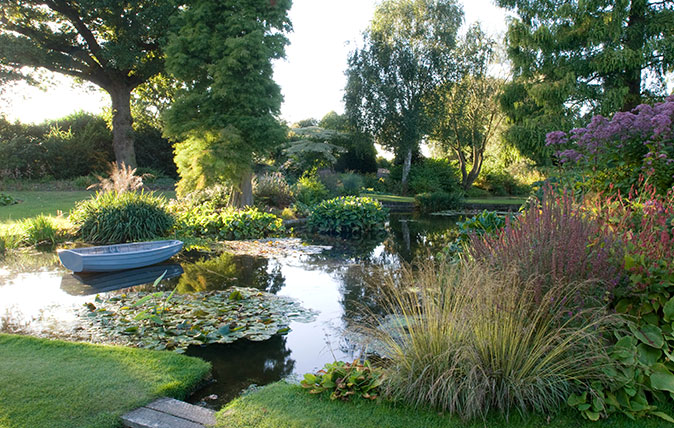
Alan Titchmarsh: How to keep a perfect pond
Alan Titchmarsh says that now is the time to clear out the weeds and keep your pond in top condition
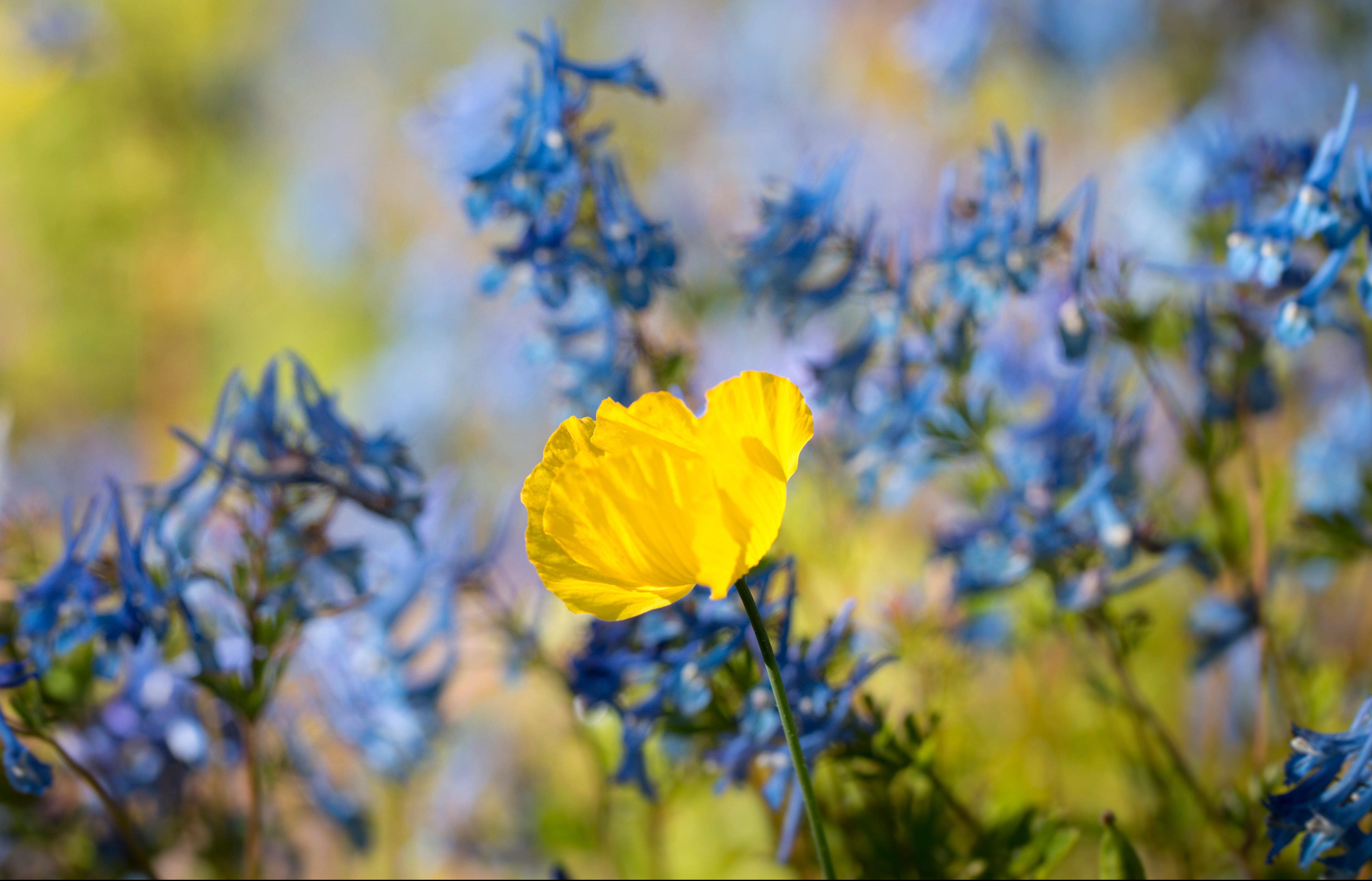
Alan Titchmarsh: The weeds I welcome with open arms
Our columnist Alan Titchmarsh used to spend hours ridding his garden of anything he hadn't planted himself. These days he
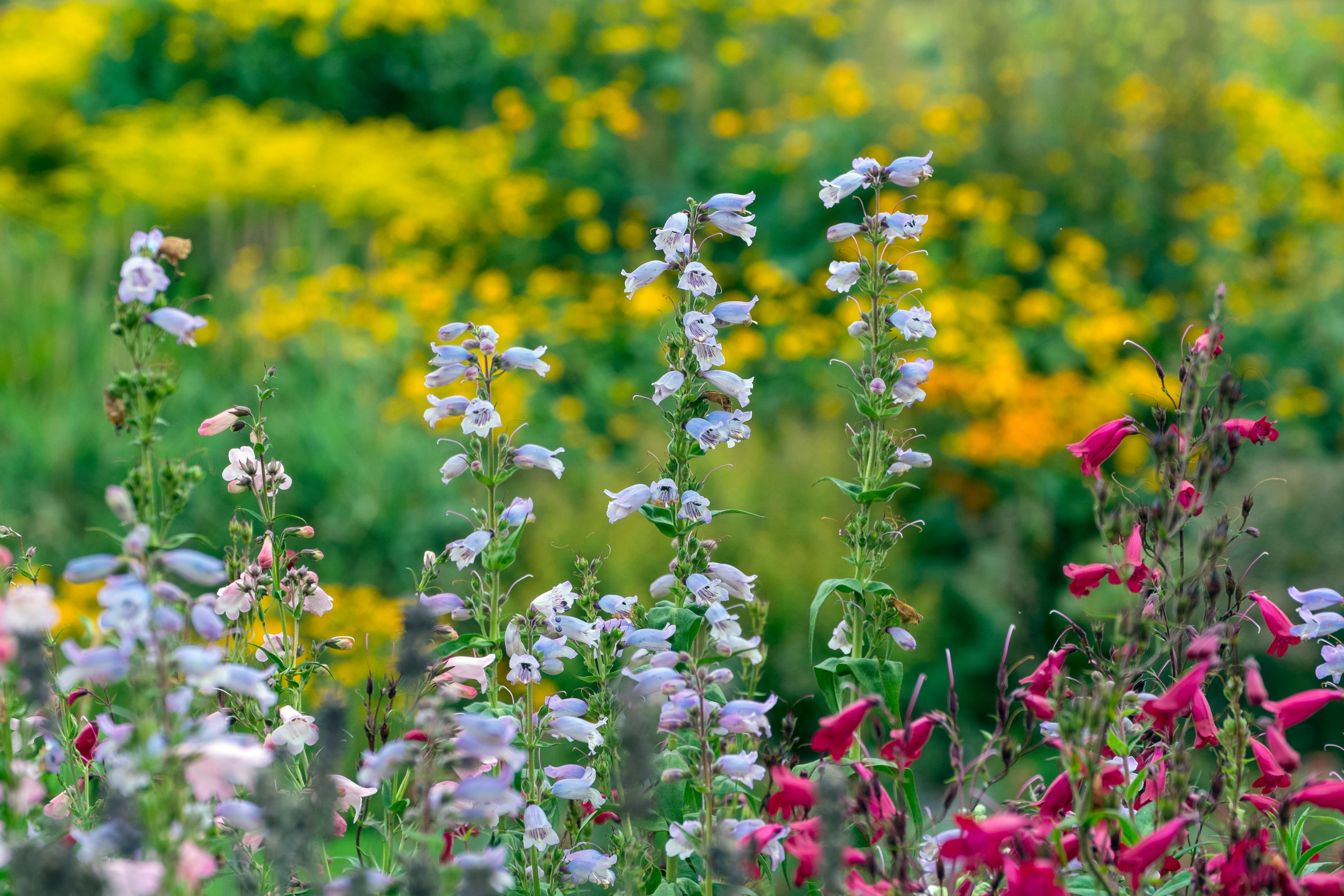
Credit: Gary K Smith / Alamy
Alan Titchmarsh: The ultimate flower for the lazy gardener
Penstemons are easy to grow, hardy, and flower for months — even the slugs don't both them. They might just be

Alan Titchmarsh: Why Kirstenbosch is the gardener’s garden
Alan Titchmarsh waxes lyrical about one of the world's truly magnificent gardens.
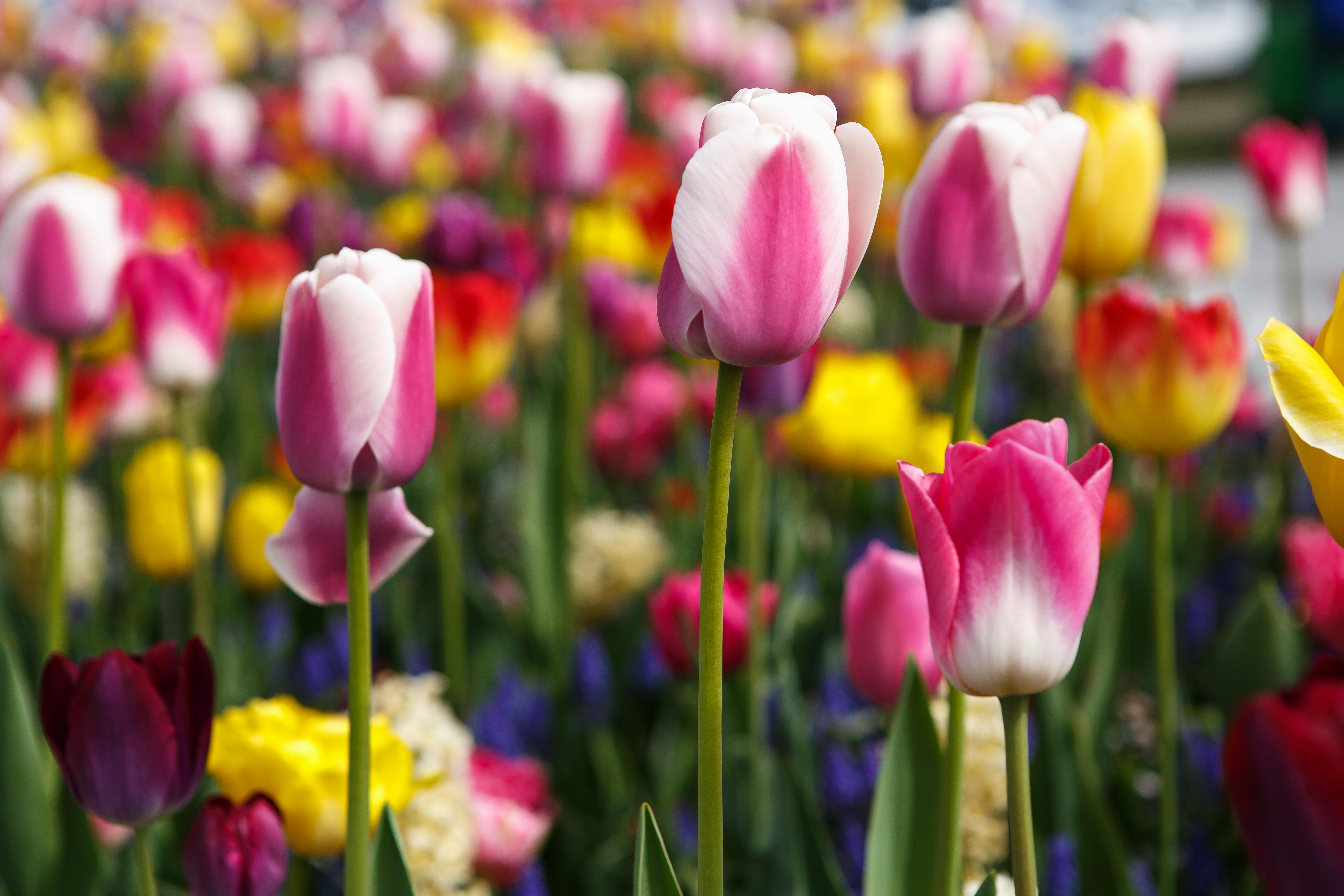
Credit: Alamy
Alan Titchmarsh: The best time of year to plant tulips
Alan Titchmars on planting tulips - and avoiding the grind of removing and storing bulbs every year.
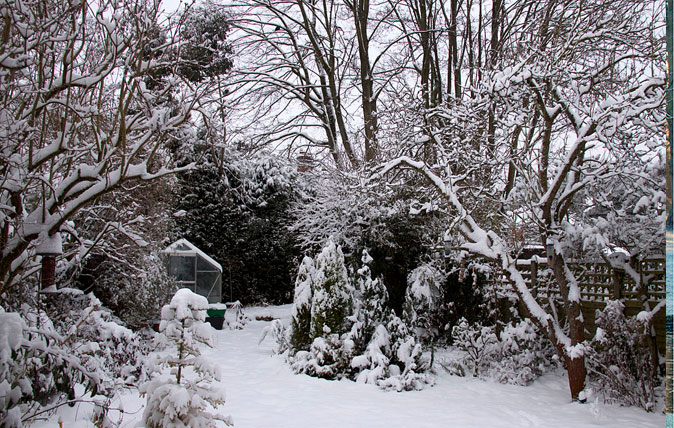
Credit: Tony Hisgett
Alan Titchmarsh: Don’t stop gardening in winter – start dreaming
Alan Titchmarsh takes a look at the joys and pains of gardening in the winter
Country Life is unlike any other magazine: the only glossy weekly on the newsstand and the only magazine that has been guest-edited by His Majesty The King not once, but twice. It is a celebration of modern rural life and all its diverse joys and pleasures — that was first published in Queen Victoria's Diamond Jubilee year. Our eclectic mixture of witty and informative content — from the most up-to-date property news and commentary and a coveted glimpse inside some of the UK's best houses and gardens, to gardening, the arts and interior design, written by experts in their field — still cannot be found in print or online, anywhere else.
